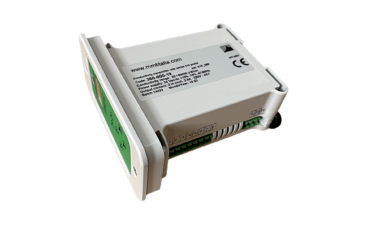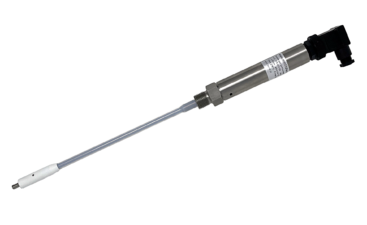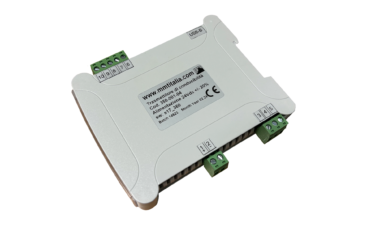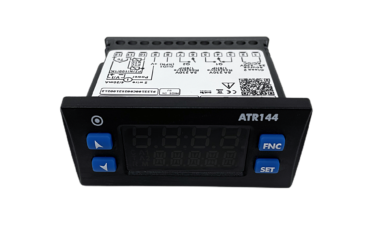What is a TDS conductivity meter or TDS probes?
A TDS conductivity meter is an instrument designed to quantify the total concentration of dissolved solids in water. These solids include salts, minerals and ionised metals that affect the electrical conductivity of the liquid.
The operating principle is based on measuring the electrical conductivity of water, which is then converted into a TDS value expressed in parts per million (ppm) or milligrams per litre (mg/L). The higher the concentration of dissolved solids, the higher the measured electrical conductivity.
Principle of Operation of TDS Conductivity Meters
The operation of conductivity TDS meters is based on the direct relationship between the concentration of dissolved solids and the electrical conductivity of the water. Here is how the measuring process takes place:
- The probe of the instrument is immersed in the water sample to be analysed.
- Two electrodes inside the probe generate an electric field in the liquid.
- The ions in the water conduct the electric current between the electrodes.
- The instrument measures the electrical conductivity of the sample.
- A microprocessor converts the conductivity value to TDS using a preset conversion factor (usually between 0.5 and 0.7).
Thanks to the temperature sensor integrated in all our TDS, measurements are always accurate, regardless of the water temperature.






